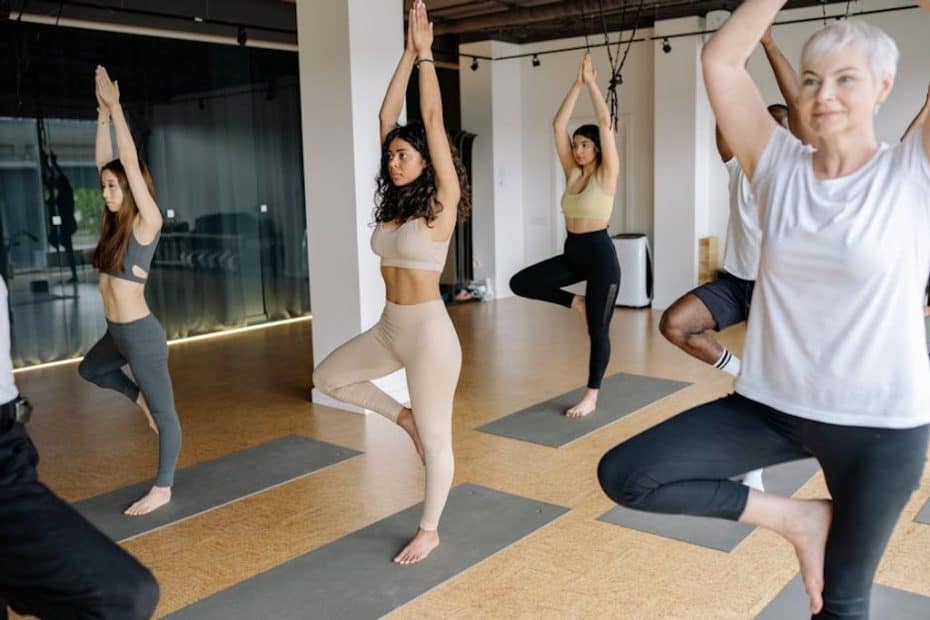Staying physically fit in the third age is much more than a means of improving health – it is a way to strengthen the body, feel younger, and ensure a life full of movement and security. But did you know that exercise can also affect bladder function? For many, a combination of the right exercises can improve urinary control, reduce symptoms of urinary incontinence, and contribute to a higher quality of life.
How does exercise affect the bladder?
Bladder It functions as part of a complex system supported by the pelvic floor muscles, which maintain urinary control and help prevent urinary incontinence. During life and the physiological changes that occur in the body, these muscles weaken – especially in women following pregnancies and childbirth, and in men as a result of problems such as an enlarged prostate.
Therefore, performing physical activity in a focused manner to strengthen the pelvic floor muscles can improve the function of the bladder. In addition, regular physical activity helps maintain a healthy weight, which reduces the pressure on the pelvic muscles and improves their function.
Recommended Types of Exercise to Improve Bladder Function
Kegel exercises
These exercises are considered necessary for strengthening the pelvic floor muscles. They are performed by contracting and releasing the pelvic muscles, similar to stopping the flow of urine. It is recommended to perform the exercises several times a day, with the goal of holding the contraction for 5-10 seconds at a time.
Yoga & Pilates
These sports activities strengthen the core muscles and pelvic floor, improving flexibility and posture. Targeted yoga practices can also help calm the nervous system and reduce symptoms of an irritable bladder.
Moderate aerobic exercise
Walking, swimming, or cycling helps improve cardiovascular endurance, contributes to maintaining a healthy weight, and strengthens the core muscles. It is recommended to do aerobic exercise for at least 150 minutes per week, with the activity time divided into 2-3 times each week.
Strengthening and balance classes
This type of training helps improve overall stability and prevent falls – which is especially important in the elderly. Exercising with light weights or resistance bands can strengthen the muscles, without putting a strain on the body.
How to get started?
Before starting physical activity, it is recommended to consult a doctor or physical therapist, especially if there are medical problems or disabilities. A physiotherapist who specializes in the pelvic floor can tailor specific exercises to your individual needs.
You can start with light activities such as walking or stretching exercises, and slowly add more intense activities. It is important to emphasize listening to the body: if a particular exercise causes pain or discomfort, stop and consult a professional.
Benefits beyond improving bladder function
In addition to affecting bladder health, exercise contributes to reducing stress, improving sleep quality, strengthening the immune system, and even improving mood. In the third age, these benefits are especially significant, as they help maintain an active and independent lifestyle.
In conclusion Physical activity in the elderly is more than just exercise – it allows you to strengthen the body, improve bladder function, and experience a better quality of life. Whether through Kegel exercises, yoga, or daily walking, every movement is a step towards a healthier and more balanced life.


